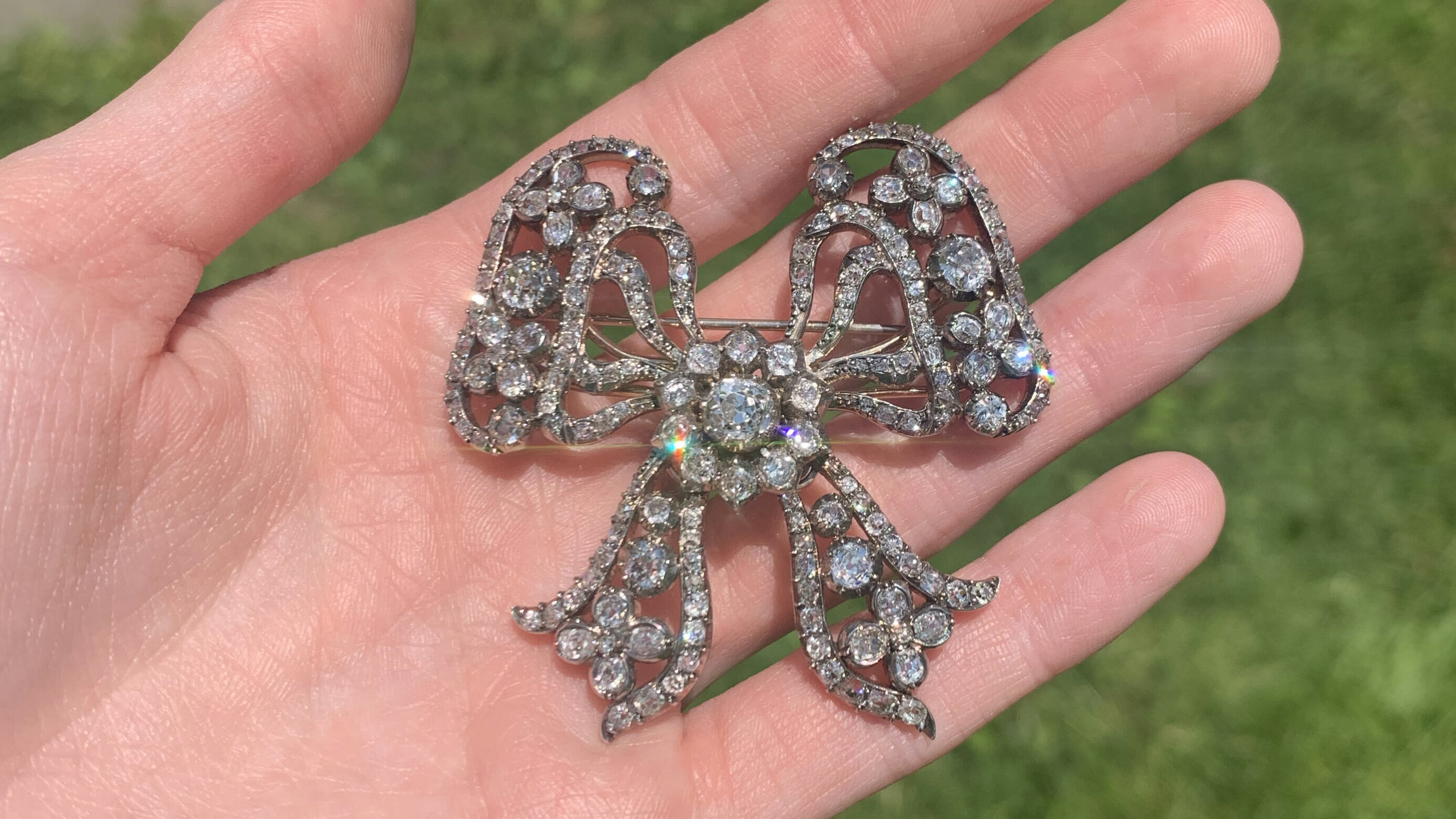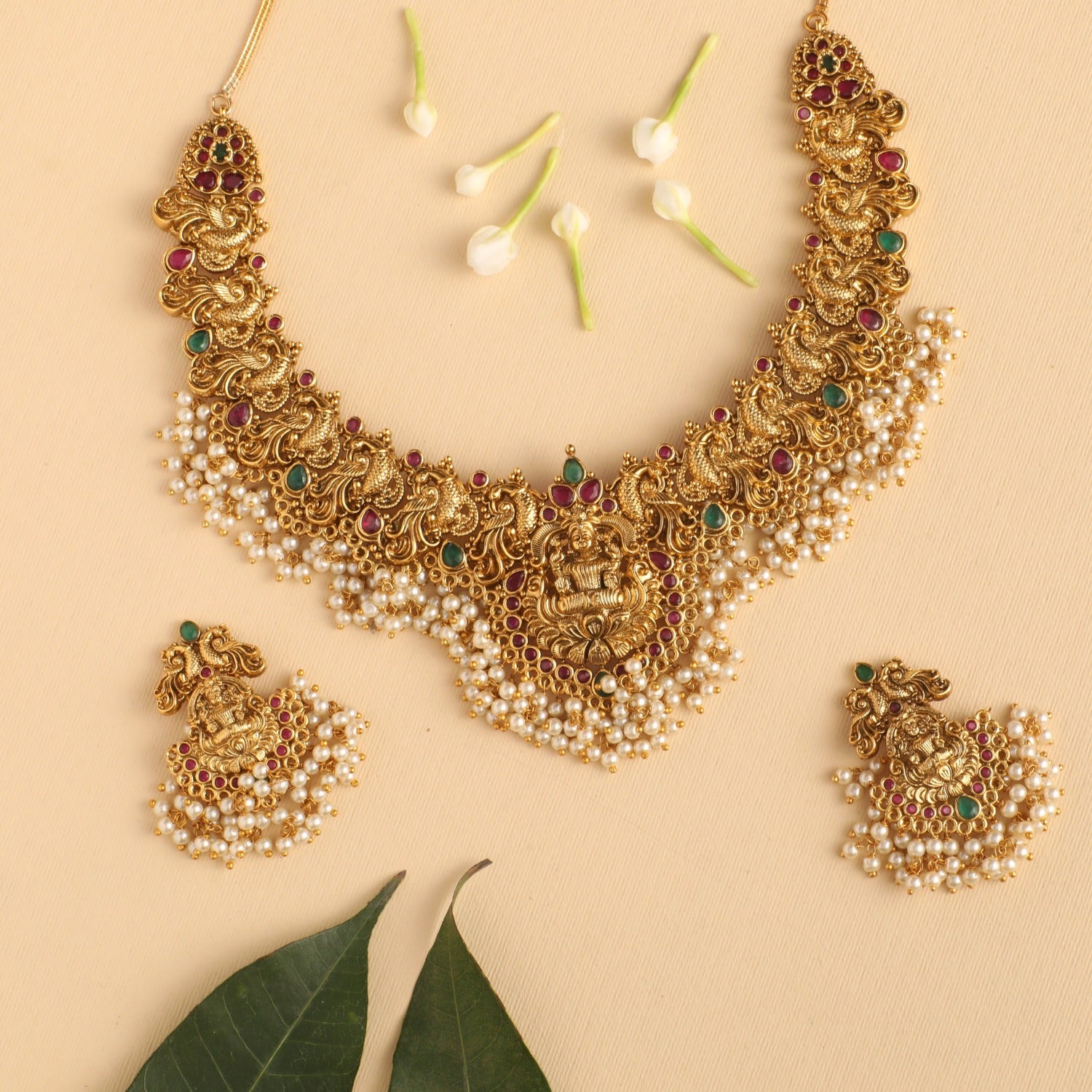Unveiling the Appeal of Vintage Jewelry: Comprehending Its Various Styles
Antique precious jewelry offers as a captivating window right into the past, using insights right into the social and creative subtleties of various periods. Each design, from the emotive intricacies of Victorian fashion jewelry to the liquid style of Art Nouveau, encapsulates the beliefs and technologies of its time.
Victorian Era Jewelry
The attraction of Victorian Period fashion jewelry exists in its intricate craftsmanship and profound significance, showing the societal values and emotional currents of the time. Extending from 1837 to 1901, this duration was identified by an attraction with nature, grieving, and romanticism, which exceptionally influenced precious jewelry style. Fashion jewelry pieces frequently featured elaborate concepts, such as flowers, pets, and detailed filigree job, crafted from materials like gold, silver, and gems.

Additionally, the technical advancements of the Industrial Transformation permitted more detailed styles and making use of brand-new materials, such as rubies and pearls. This democratization of high-end made fashion jewelry more accessible to the center class, leading to a spreading of diverse designs. In General, Victorian Era jewelry remains a fascinating testament to the complicated interplay of art, emotion, and social norms throughout a transformative historical duration.
Art Nouveau Creations
Characterized by its organic kinds and streaming lines, Art Nouveau precious jewelry emerged in the late 19th and very early 20th centuries as a reaction to the mass manufacturing and rigid styles of the coming before eras. This creative movement sought to welcome nature, integrating components such as flowers, leaves, and vines into the layouts. Art Nouveau pieces usually featured unbalanced make-ups, highlighting a feeling of activity and fluidity.

Using innovative strategies, such as enameling and the consolidation of glass, more recognized Art Nouveau jewelry from its predecessors. The motion ultimately commemorated originality and creative expression, making each piece a distinct work of art. Because of this, Art Nouveau creations proceed to mesmerize enthusiasts today, symbolizing an unique blend of elegance and nature that stays classic.
Edwardian Period Parts
Throughout the early 20th century, the Edwardian duration witnessed an exceptional development in jewelry design, noted by a focus on style and luxury. This period, called after King Edward VII, spanned from 1901 to 1910 and is characterized by the intricate craftsmanship and fragile appearances that define its items.
Jewelry from this duration usually includes platinum setups, a product that permitted finer and more elaborate styles, enhancing the play of light versus the gems. Using rubies prevailed, usually organized in elaborate motifs such as fretwork and flower patterns. Edwardian jewelry likewise accepted the usage of pearls, which included a soft, luminescent high quality to the items.
Breastpins, lockets, and jewelry came to be prominent, showcasing the era's penchant for romantic and whimsical designs. The "garland design," which entailed using ribbon-like concepts, was specifically preferred, mirroring the naturalistic impacts of the moment. In addition, items usually bundled tinted gems to develop striking contrasts, more raising their navigate here visual charm. In general, Edwardian period jewelry remains a testament to a time when virtuosity and refinement ruled supreme on the planet of adornment.

Art Deco Layouts
Emerging in the 1920s and growing via the 1930s, Art Deco creates stand for a bold departure from the luxuriant designs of previous eras, embracing geometric shapes, streamlined types, and vivid shades. Defined by a feeling of modernity, this layout movement drew motivation from different resources, consisting of cubism, old Egyptian concepts, and the vibrant aesthetic appeals of the machine age.
Art Deco fashion jewelry usually features bold contrasts, combining materials such as platinum, gold, and colored gemstones to create striking visual effects. The use of intricate patterns and motifs, including zigzags, chevrons, and floral elements, showcases the craftsmanship of the time. Notably, the age also saw the introduction of new methods such as enamel job and important source using artificial stones, broadening the possibilities for creative expression.
Pieces from this duration often exhibit glamour and refinement, making them very searched for by enthusiasts and lovers alike. Art Deco fashion jewelry serves not only as a reflection of its time yet additionally as a testimony to the enduring allure of its cutting-edge styles. It holds a considerable area in the background of antique fashion jewelry, celebrated for its one-of-a-kind style and social significance.
Retro and Mid-Century Styles
Retro and Mid-Century styles, covering from the 1940s to the 1960s, represent a vivid duration in precious jewelry layout that shows the optimism and innovation of post-war culture. antique jewelry austin. Characterized by vibrant designs and using ingenious products, this age saw a separation from the complex detailing of previous designs, embracing rather a more lively and abundant aesthetic
Fashion jewelry from this duration commonly features huge, vibrant gems, consisting of citrine, aquamarine, and tourmaline, established in yellow gold-- a material that gained prestige due to its cozy tones and malleability. The designs often included whimsical motifs such as flower patterns, abstract kinds, and geometric shapes, catching the spirit of modernity and freedom that specified the age.
Remarkable designers like Cartier and Van Cleef & Arpels made view considerable payments to Retro and Mid-Century styles, producing items that incorporated craftsmanship with creative panache. Furthermore, the influence of Hollywood appeal throughout this time resulted in a boosted need for statement jewelry, making it a crucial accessory for the stylish elite (antique jewelry stores austin tx). Gathering Retro and Mid-Century fashion jewelry today uses lovers a glimpse into a transformative duration in background, defined by creativity and cultural development
Final Thought
The expedition of antique jewelry exposes a vivid spectrum of styles, each personifying the cultural and artistic nuances of its respective era. From the psychological deepness of Victorian styles to the innovative spirit of Retro pieces, these artifacts work as vital historic stories. Comprehending the unique attributes of each period enhances appreciation for the craftsmanship and value behind these accessories, solidifying their status as not only attractive things yet likewise important connections to the past.